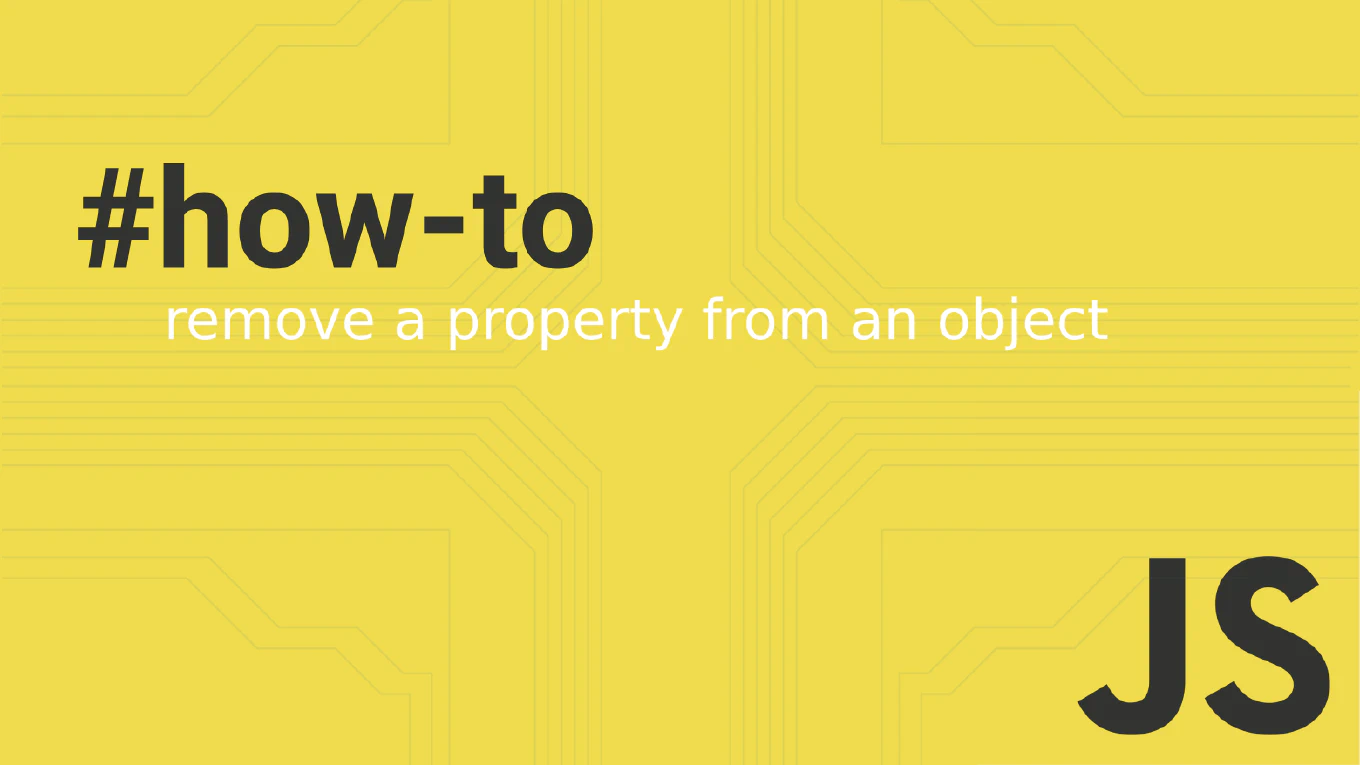How to create a new Node.js project
Creating a new Node.js project requires proper initialization and directory structure for building scalable applications. As the creator of CoreUI, a widely used open-source UI library, I’ve created hundreds of Node.js projects for build tools, APIs, and enterprise backend services. From my expertise, the most efficient approach is to initialize with npm and create a clean project structure. This method ensures proper dependency management and maintainable code organization.
Initialize a new directory with npm init and create basic project structure.
mkdir my-project && cd my-project
npm init -y
mkdir src
echo 'console.log("Hello Node.js!")' > src/index.js
node src/index.js
The mkdir command creates your project directory, then cd navigates into it. The npm init -y command initializes a new Node.js project with default settings, creating a package.json file. Creating a src directory organizes your source code, and the basic index.js file serves as your application entry point.
Best Practice Note:
This is the same approach we use in CoreUI backend projects for clean organization.







